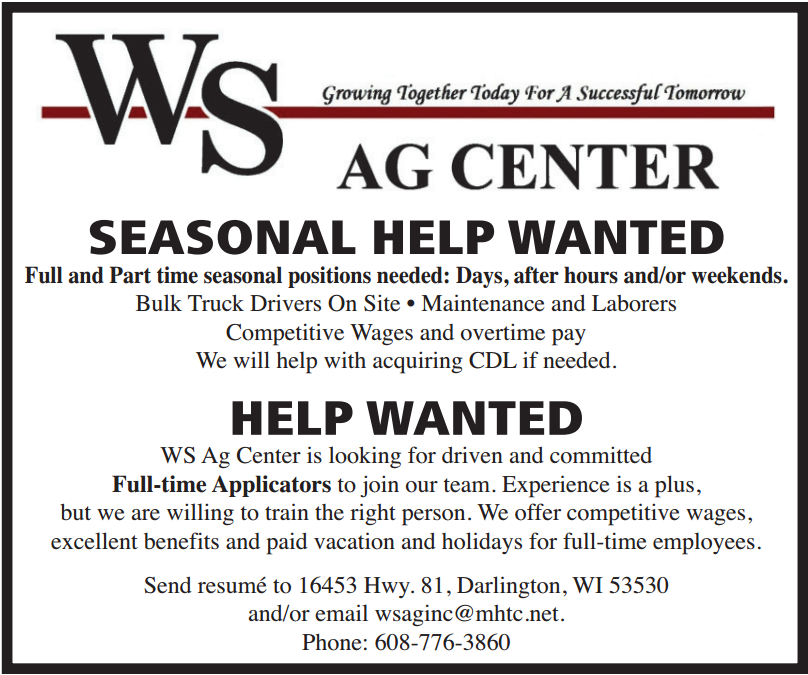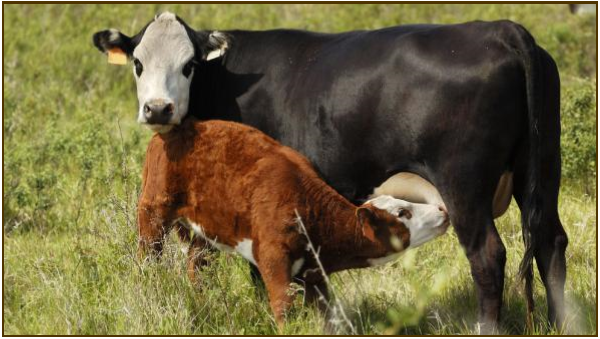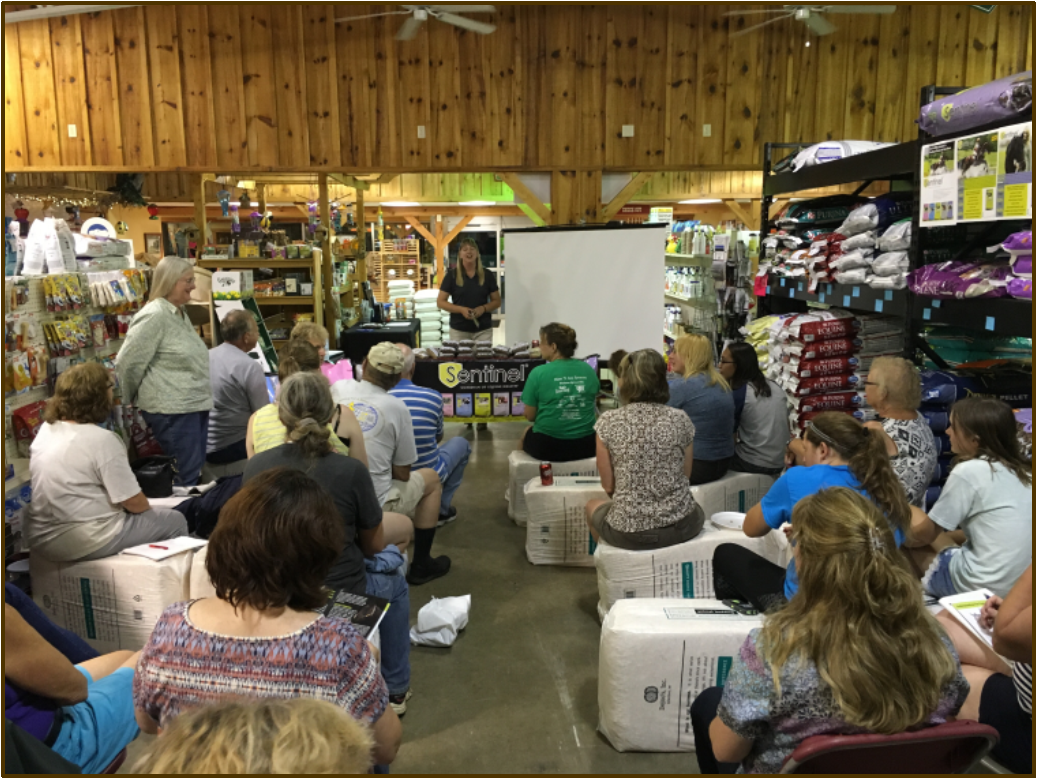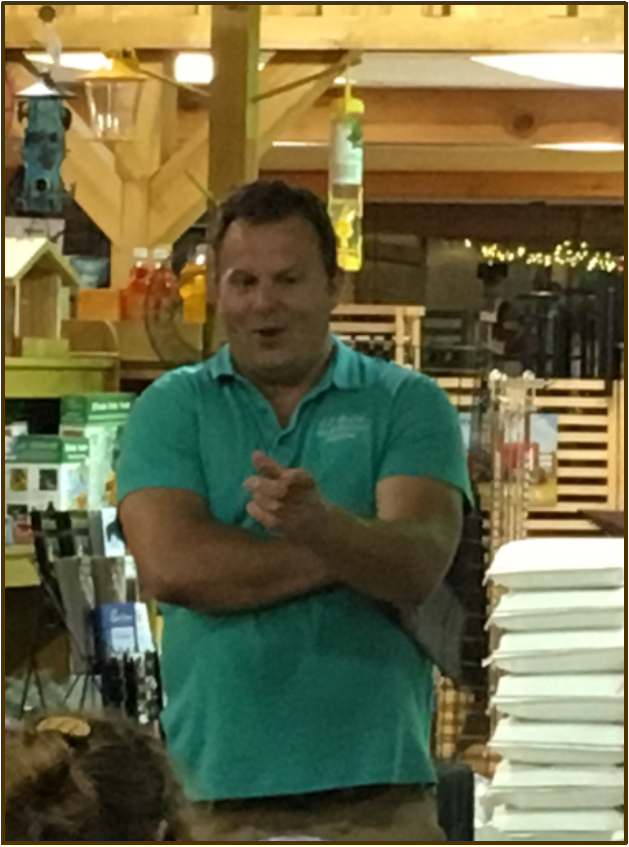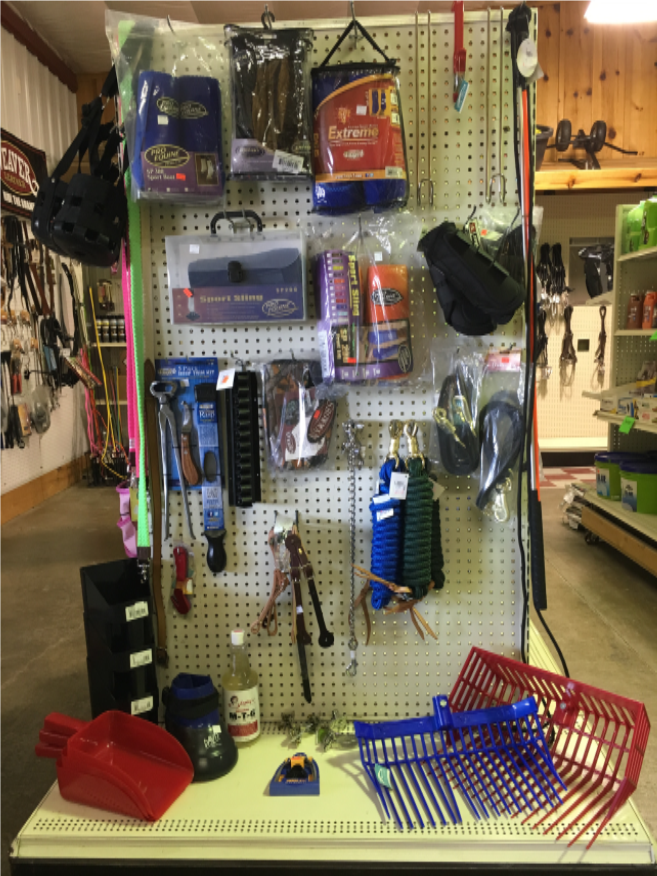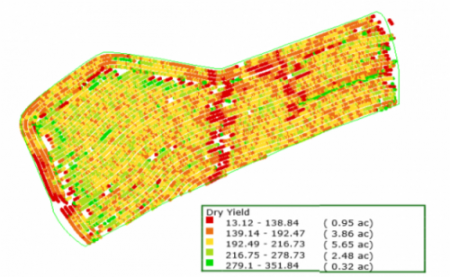“Complete” is a term used to describe a feed that contains everything your horse needs in his diet, including the forage; thus, complete feeds can be fed as the sole ration—no need for hay or pasture, just provide water and the complete feed. As a result, they tend to have very large serving sizes, often around 1.5% of the horse’s body weight. Conversely, a ration balancer is designed to be fed alongside forage and aims to complement common forages’ nutrient profiles.
For simplicity’s sake, the easiest way to think about a ration balancer is as a supplement. It is a heavily fortified feed with a small daily recommended feeding rate. Its purpose is to provide your horse with the essential nutrients that are most likely to be insufficient in a forage-based diet. Ration balancers are not intended to be fed for extra calories. While they do provide some calories, most are comparable to a pound of good-quality hay. They are low in fat and fiber and generally low in non-structural carbohydrates, although this should be confirmed if it’s a concern for your horse.
Feed a complete feed if you are looking to provide an alternative forage source for horses unable to chew or fully utilize hay or pasture. Again, the calorie content per pound is typically not as high as a performance feed, although if a senior feeds contains a good amount of fat the calorie content will be higher than one that does not.
As previously mentioned, feeding directions differ significantly between these two types of feed. For example, in comparing the ration balancers and complete senior feeds from three manufacturers, feeding directions range from 1.5 to 2 pounds, 1 pound, and 1 to 2 pounds per day for the ration balancers versus 12 pounds, 15 to 18 pounds, and 14 pounds for the complete senior feeds for a 1,100-pound horse at maintenance.
Despite what at first glance might look like a low concentration of minerals in the complete feeds, when fed correctly you end up with as much or more than the highly fortified ration balancer. However, if you just feed a “scoop” of the complete feed (which weighs, say, 2 pounds) you will only provide about 150 mg of zinc and the overall diet will not be as “complete” as you think.
This “concentration versus serving size” issue is why owners should feed fortified commercial feeds of all types at the manufacturer’s recommended amounts. Doing so helps ensure you are getting the full benefit of the feed and providing your horse with a well-balanced diet that is meeting his nutrient requirements.
Author: Clair Thunes, PhD, is an independent equine nutrition consultant who owns Summit Equine Nutrition, based in Sacramento, California. She works with owners/trainers and veterinarians across the United States and globally to take the guesswork out of feeding horses. Born in England, she earned her undergraduate degree at Edinburgh University, in Scotland, and her master’s and doctorate in nutrition at the University of California, Davis. Growing up, she competed in a wide array of disciplines and was an active member of the United Kingdom Pony Club. Today, she serves as the regional supervisor for the Sierra Pacific region of the United States Pony Clubs. As a nutritionist she works with all horses, from WEG competitors to Miniature Donkeys and everything in between.
